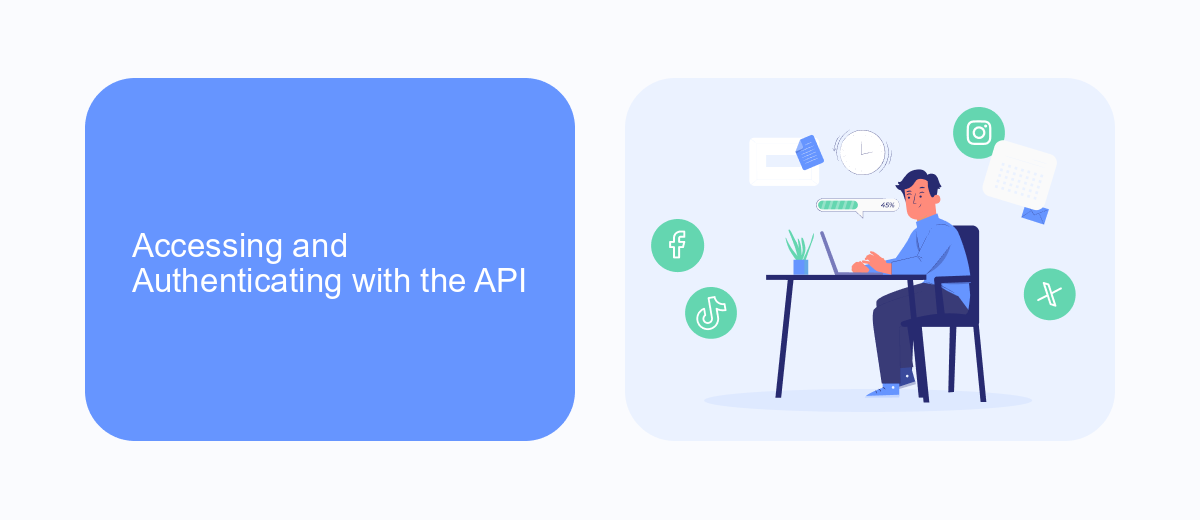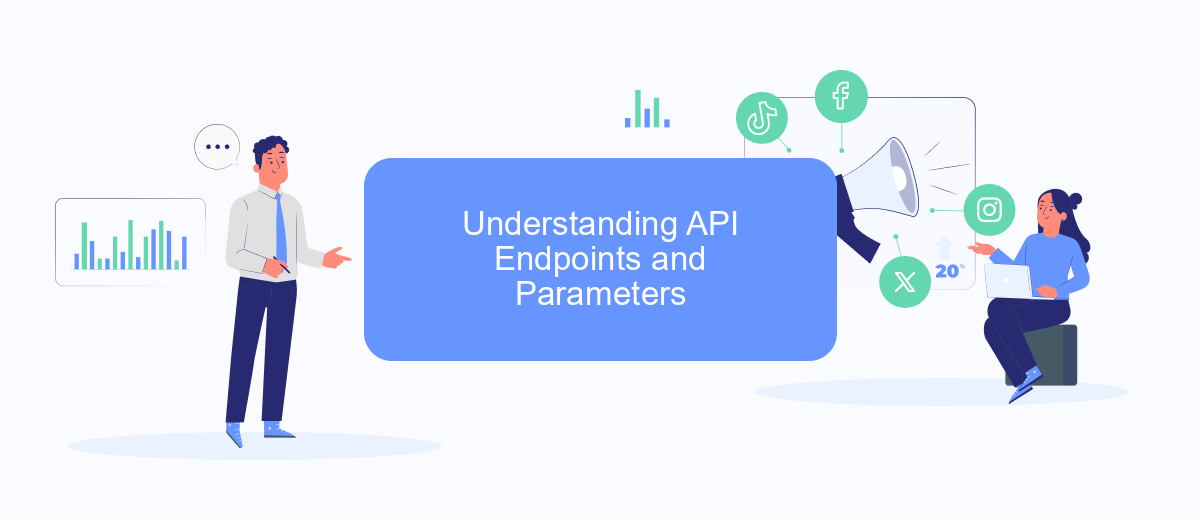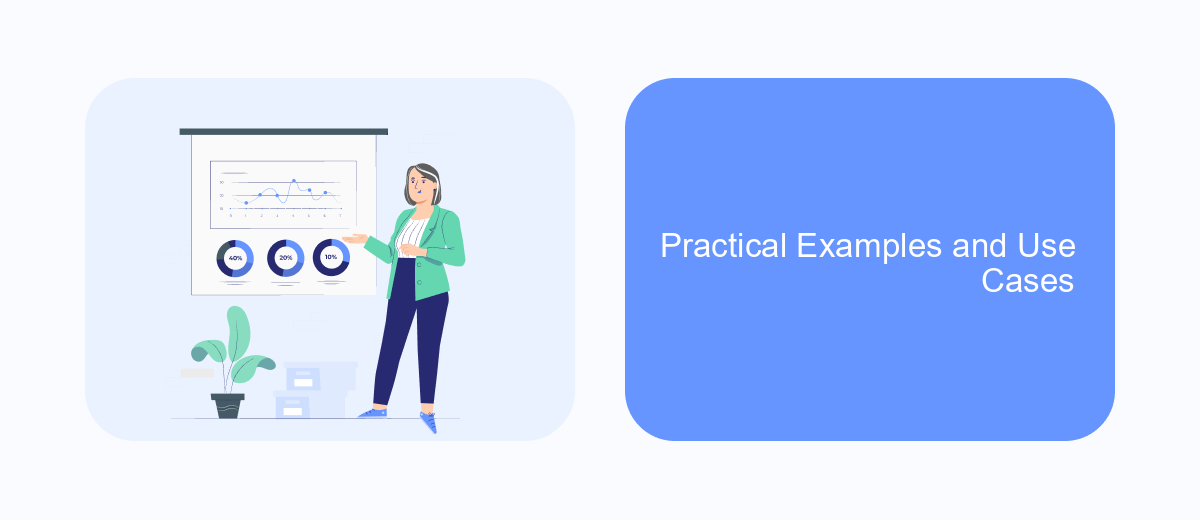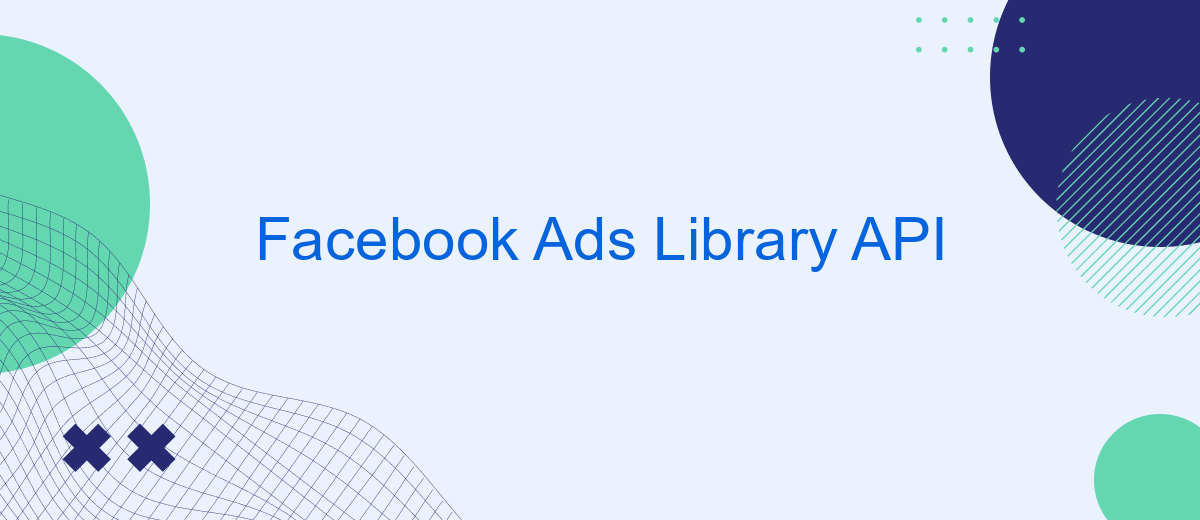The Facebook Ads Library API provides developers and researchers with powerful tools to access and analyze Facebook's vast repository of active and inactive ads. By offering detailed insights into ad content, targeting, and spending, this API enhances transparency and accountability in digital advertising. Whether you're a marketer seeking to optimize campaigns or a researcher studying ad trends, the Facebook Ads Library API is an invaluable resource for data-driven decision-making.
Introduction to the Facebook Ads Library API
The Facebook Ads Library API is a powerful tool that provides access to a vast repository of advertising data from Facebook's platform. It is designed to offer transparency and insights into the ads that are running across Facebook and Instagram. This API is essential for developers, marketers, and researchers who want to analyze ad trends, monitor competitor activities, and ensure compliance with advertising policies.
- Access detailed information about active and inactive ads.
- Retrieve data on ad creatives, impressions, and spend.
- Filter ads by region, date range, and advertiser.
- Utilize data for research and analysis purposes.
By leveraging the Facebook Ads Library API, users can not only enhance their understanding of advertising dynamics on social media but also contribute to a more transparent digital advertising environment. Whether you are developing applications that require ad data or conducting in-depth market analysis, this API serves as a critical resource for accessing comprehensive advertising information. Its user-friendly design and robust capabilities make it an indispensable tool for anyone involved in digital marketing and analytics.
Accessing and Authenticating with the API

To access the Facebook Ads Library API, you first need to set up a Facebook Developer account and create an app. This process involves providing necessary details about your app and agreeing to Facebook's terms and conditions. Once your app is created, you will receive an App ID and App Secret, which are essential for authenticating API requests. It is crucial to keep this information secure to prevent unauthorized access to your data.
Authentication with the API requires generating an access token, which can be obtained through Facebook's Graph API Explorer or by implementing OAuth 2.0. This token acts as a key to access the API and should be included in the header of your requests. For those looking to streamline the integration process, services like SaveMyLeads can automate data import from Facebook Ads, reducing manual work and ensuring seamless connectivity. By using such tools, businesses can focus more on analyzing ad performance rather than dealing with the technical complexities of API integration.
Understanding API Endpoints and Parameters

Understanding the Facebook Ads Library API endpoints and parameters is crucial for effectively accessing and utilizing the vast array of data available. The API provides several endpoints, each designed to retrieve specific types of information related to advertisements, advertisers, and ad performance. By familiarizing yourself with these endpoints, you can tailor your queries to extract the precise data you need.
- Ad Archive: Accesses data on active and inactive ads, including information on ad spend and impressions.
- Ad Insights: Provides performance metrics for ads, such as reach, frequency, and engagement statistics.
- Advertiser Details: Retrieves information about advertisers, including their transparency reports and ad activity.
Each endpoint requires specific parameters to function correctly, such as access tokens, ad IDs, and date ranges. These parameters help refine your search and ensure you receive accurate and relevant data. By understanding how to configure these parameters, you can efficiently navigate the API and leverage its capabilities to enhance your advertising strategies. Mastery of the API endpoints and parameters is essential for maximizing the insights and opportunities offered by the Facebook Ads Library.
Practical Examples and Use Cases

The Facebook Ads Library API offers a robust platform for developers and marketers to access detailed information about ads running across Facebook and Instagram. This tool is invaluable for understanding advertising trends, monitoring competitors, and ensuring transparency in political advertising. By leveraging the API, users can gain insights into ad performance and audience engagement, which can be crucial for optimizing marketing strategies.
One practical application of the Facebook Ads Library API is in competitive analysis. Marketers can track the types of ads their competitors are running, analyze their creative strategies, and adjust their campaigns accordingly. Additionally, the API can be used to monitor political ads, providing transparency and accountability in political campaigns. This is particularly useful for journalists and watchdog organizations.
- Track and analyze competitor ad strategies.
- Monitor political ad spending and content.
- Optimize ad creative and targeting based on performance insights.
- Ensure compliance with advertising regulations and transparency requirements.
For developers, integrating the Facebook Ads Library API into existing systems can automate data collection and analysis, saving time and resources. This integration can enhance reporting capabilities and provide teams with real-time data to make informed decisions. Whether for competitive analysis or transparency efforts, the API serves as a powerful tool for data-driven marketing and accountability.


Tips and Best Practices for Utilizing the API
To make the most out of the Facebook Ads Library API, start by familiarizing yourself with its documentation. Understanding the available endpoints and data structures will help you effectively query the API for the information you need. Plan your data retrieval strategy by defining clear objectives and identifying the key metrics that align with your advertising goals. Implementing efficient data filtering and sorting will streamline your analysis process, saving time and resources.
Integrating the API with your existing systems can enhance your workflow. Consider using services like SaveMyLeads to automate the integration process, allowing for seamless data transfer and reduced manual input. Regularly monitor your API usage to ensure compliance with Facebook’s rate limits, and optimize your queries to maintain efficiency. Stay updated with any changes to the API by subscribing to Facebook’s developer updates, ensuring your applications remain functional and up-to-date. By following these best practices, you can leverage the full potential of the Facebook Ads Library API to drive informed advertising decisions.
FAQ
What is the Facebook Ads Library API?
How can I access the Facebook Ads Library API?
What data can I retrieve using the Facebook Ads Library API?
How can I automate the integration of Facebook Ads Library API into my workflow?
Are there any limitations when using the Facebook Ads Library API?
If you use Facebook Lead Ads, then you should know what it means to regularly download CSV files and transfer data to various support services. How many times a day do you check for new leads in your ad account? How often do you transfer data to a CRM system, task manager, email service or Google Sheets? Try using the SaveMyLeads online connector. This is a no-code tool with which anyone can set up integrations for Facebook. Spend just a few minutes and you will receive real-time notifications in the messenger about new leads. Another 5-10 minutes of work in SML, and the data from the FB advertising account will be automatically transferred to the CRM system or Email service. The SaveMyLeads system will do the routine work for you, and you will surely like it.
